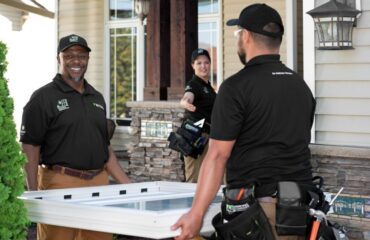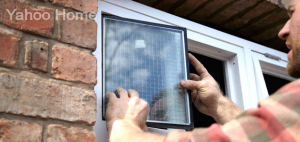Blinds are efficient window treatments that provide you with a great deal of control. They allow you to adjust the amount and angle of the light entering your house, as well as the view you see outside. You can also control when to open and close your blinds, depending on your need for privacy and shade from the sun.
But since blinds contain internal mechanisms that provide these options and since blinds may be adjusted many times in a day, chances are that problems will occur sooner or later. For instance, the slats of your blinds may not lower or tilt, or maybe your blinds begin to hang or roll up unevenly. These are just a few of the many issues that can affect the operation of your blinds.
You can check out the post here to see some of the most common problems for specific types of blinds, as well as the recommended fixes. Not only might this help you save on repair costs, but it can also help you determine whether your blinds require a simple fix or need to be completely replaced.
The different types of blinds and shades highlighted in the post include wood blinds, faux wood blinds, cellular shades, cordless cellular shades, aluminum mini blinds, cordless mini blinds, sheer horizontal shadings, roller shades, and vertical blinds.




















You must be logged in to post a comment.